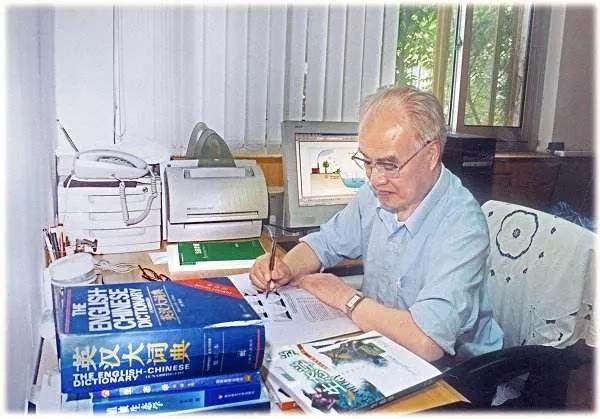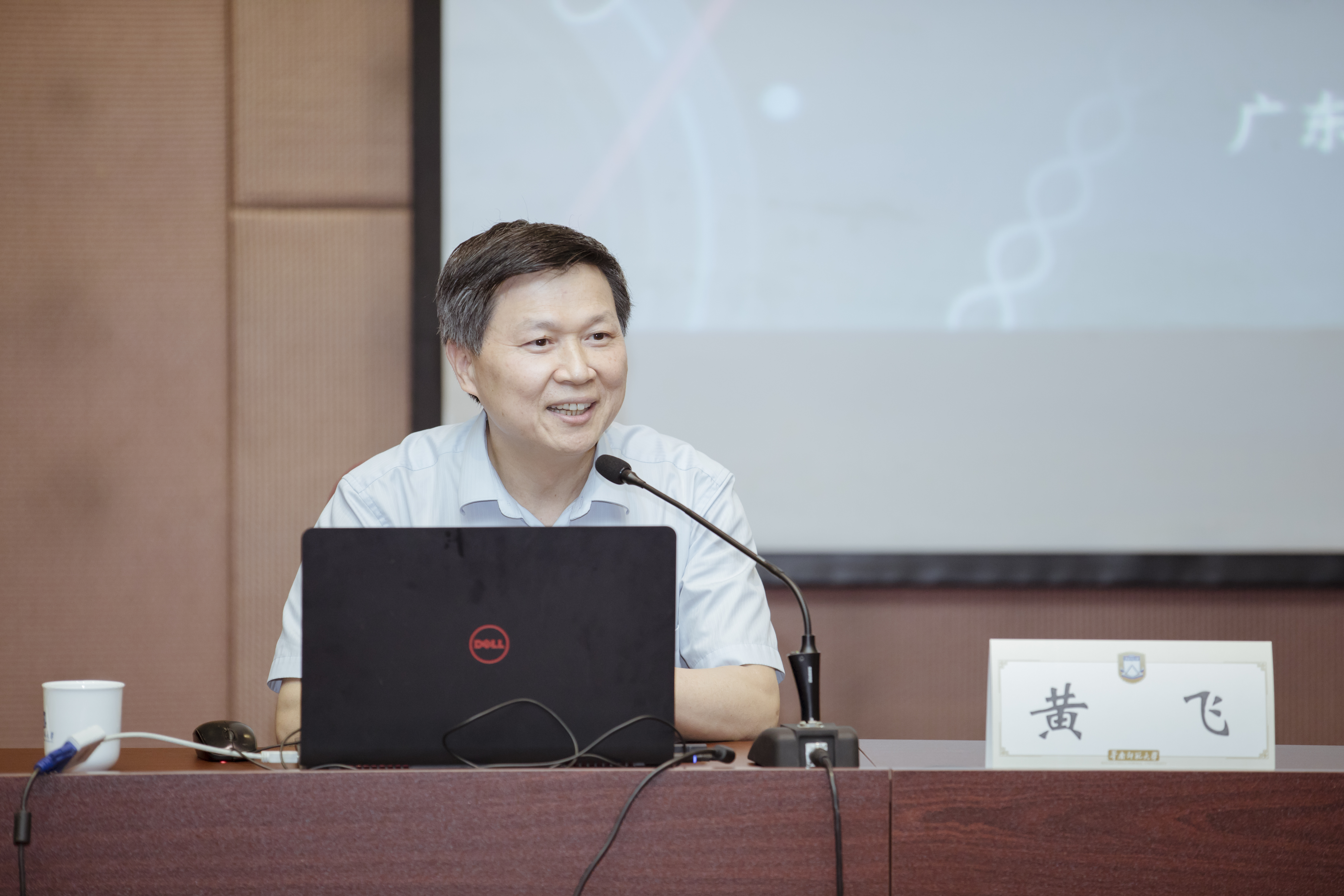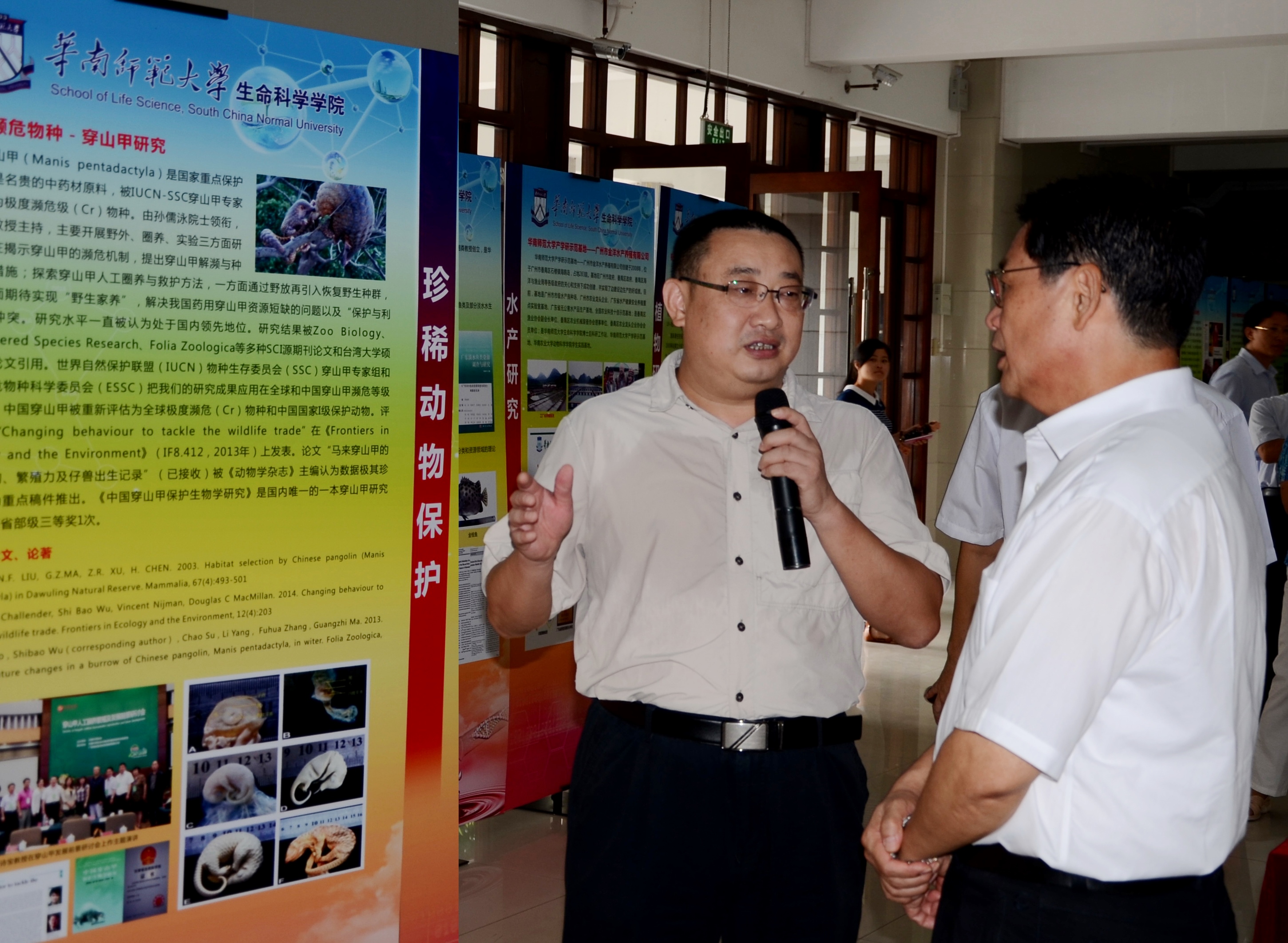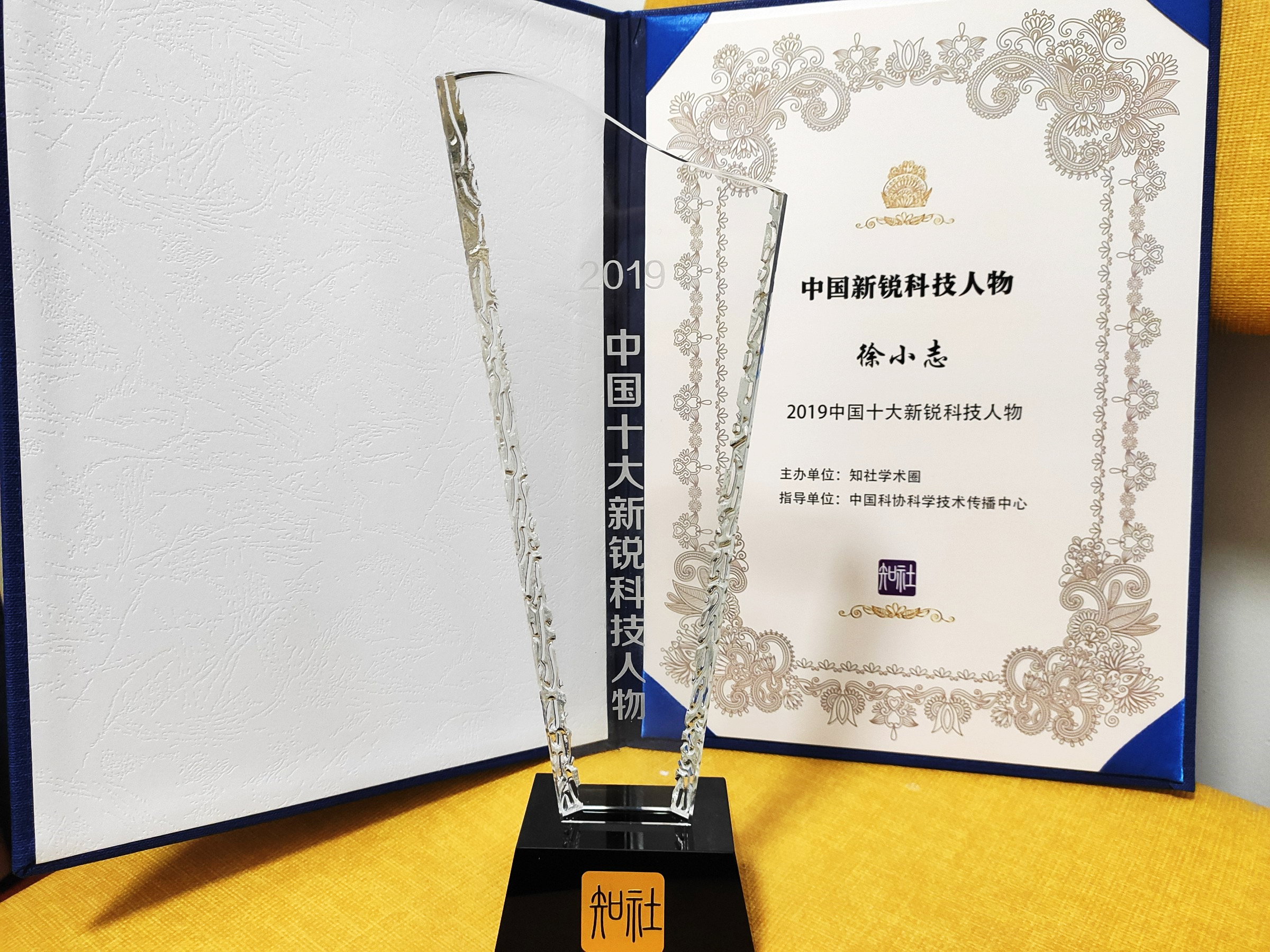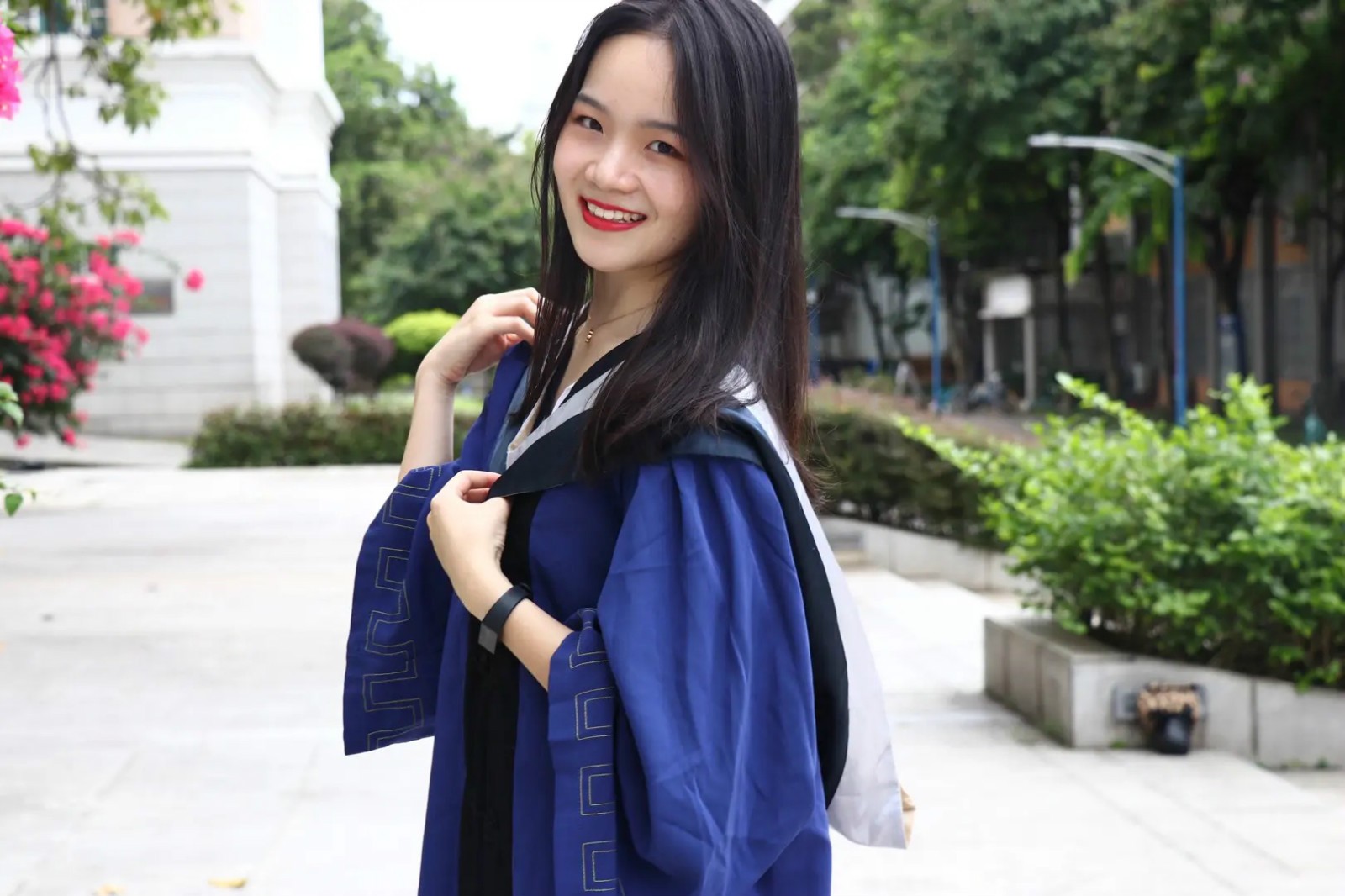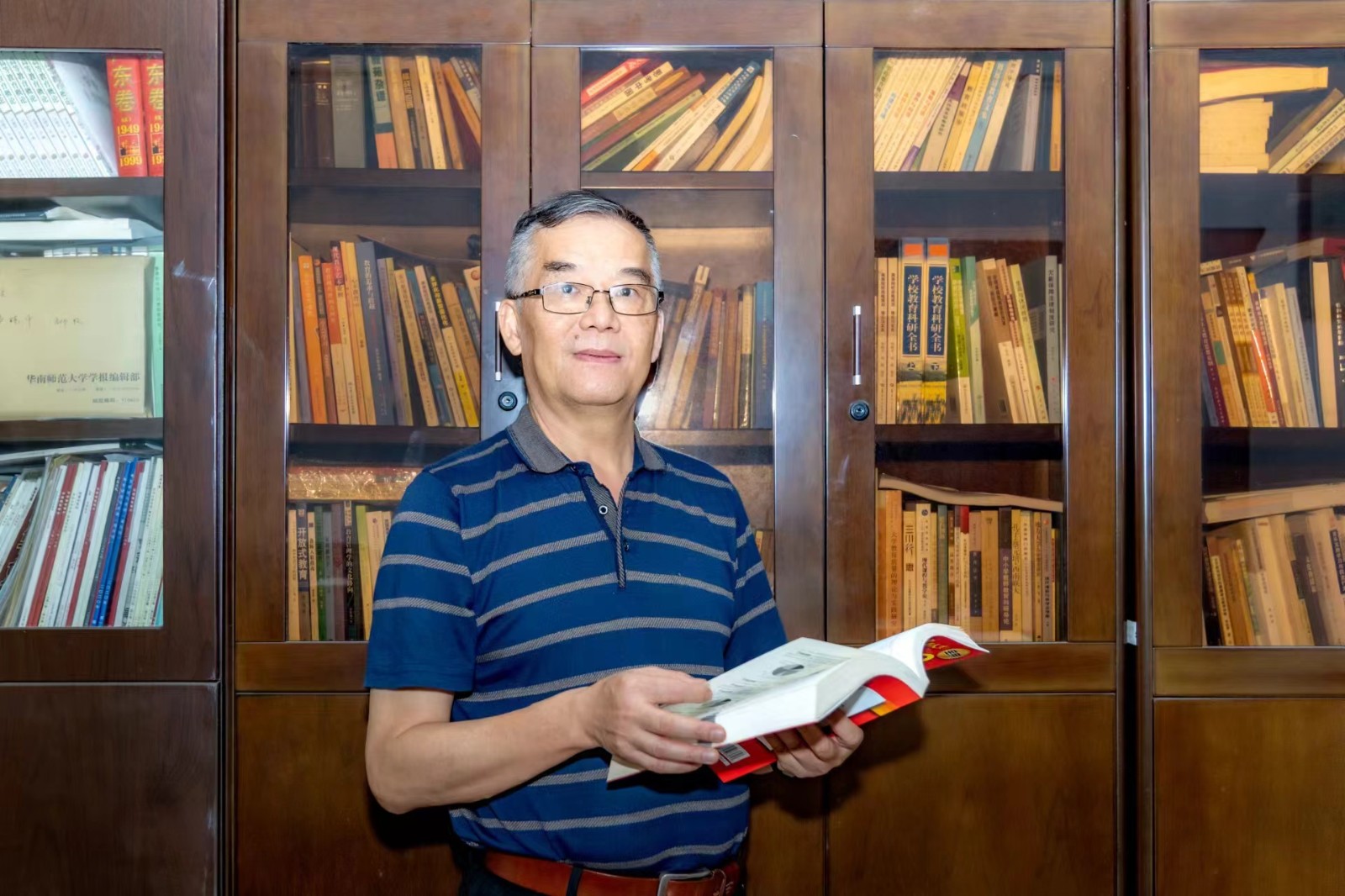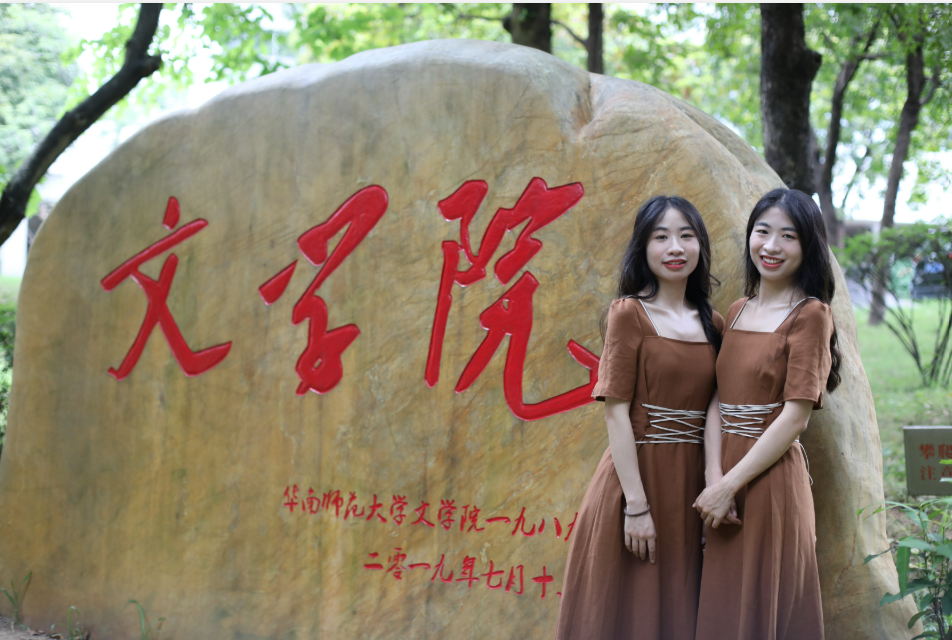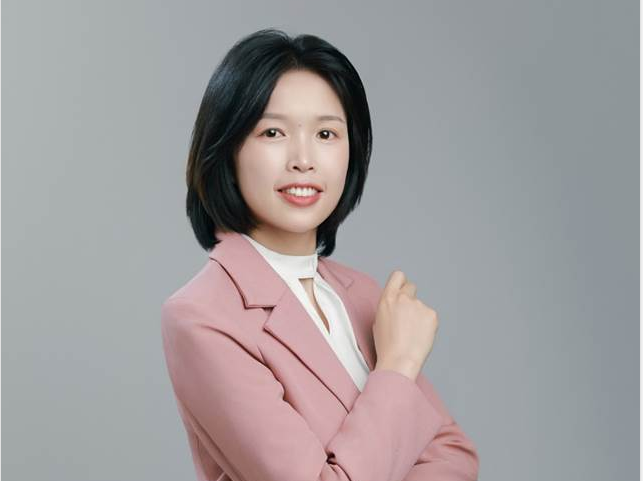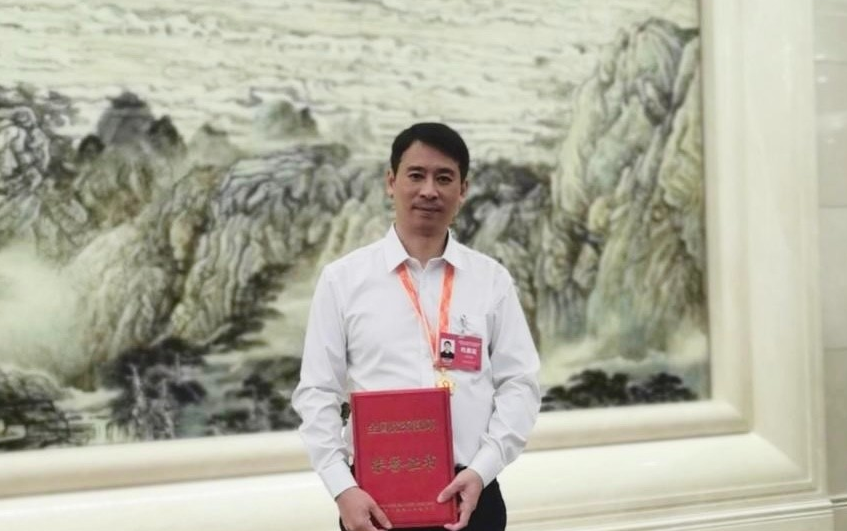
Likes
Chen Zhiping, professor of the School of Fine Arts of SCNU, was invited to Chinese Calligraphy Conference on Chinese national television, channel CCTV-1 on March 23.
This episode showcased three groups of calligraphy works, including the oracle bone inscriptions, the Xiping steles and Chinese seals. Professor Chen was invited to be one of the commentators.

Chen Zhiping, professor of the School of Fine Arts of SCNU.
Oracle bone inscriptions are the earliest system of Chinese characters. The Xiping stelae, engraved during the Xiping period of the Eastern Han dynasty, do not only belong to the corpus of Chinese stone classics of Han Li, a type of Chinese calligraphy, but also the beginning of China's official publication using stelae. Chinese seals are symbols of identity, status, and culture.
Chen has been engaged in calligraphy teaching, research and creation for a long time and has profound academic skills and calligraphy achievements.
After graduating from Ezhou Secondary Normal School in the early 1990s, he was then admitted to Hubei University to study for a master's degree in Chinese Classical Philology. It was then that he fell in love with calligraphy.
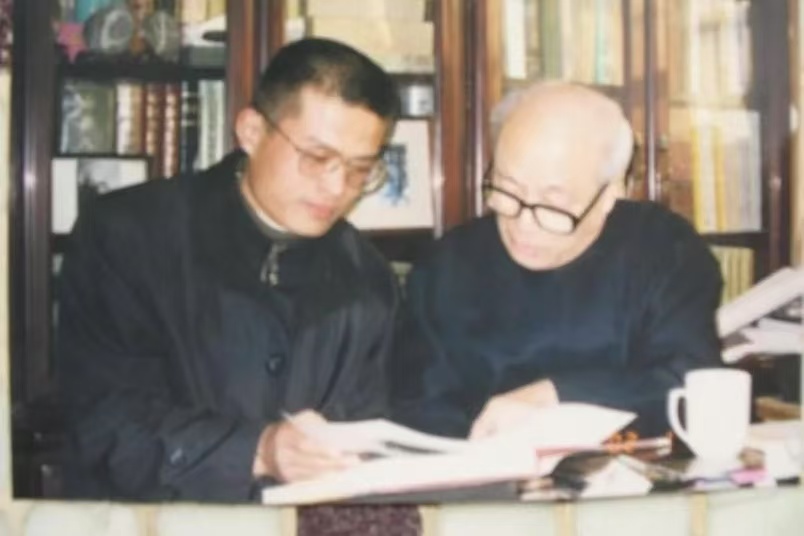
A photo of Chen Zhiping (left) and Ouyang Zhongshi(right).
In 2001, Chen entered Capital Normal University to study for his doctorate. He studied under Ouyang Zhongshi, the founder of the contemporary higher education system for calligraphy, and has been devoted to calligraphy research for more than 20 years.
Recalling his early study experience, Chen said that he relied mainly on self-education, which was the key to his achievements. He also mentioned that Mr. Ouyang learned from the famous philosopher Jin Yuelin and often said that calligraphy is not practiced, but learned.
After completing his doctorate, Chen went to work at a university, which gave him a better opportunity not only to study calligraphy but also to teach. While teaching calligraphy, he advocated an open way of learning and advised his students to read more. Most of his students were master and doctoral students who were able to focus on calligraphy research and teaching after their graduation, and one of them wrote in an article, "Mr. Chen's scholarship doesn’t go with the flow. He is rooted in the foundation, attaches importance to literature, and his craftmanshaip is exquisite, which can stand the test of time."
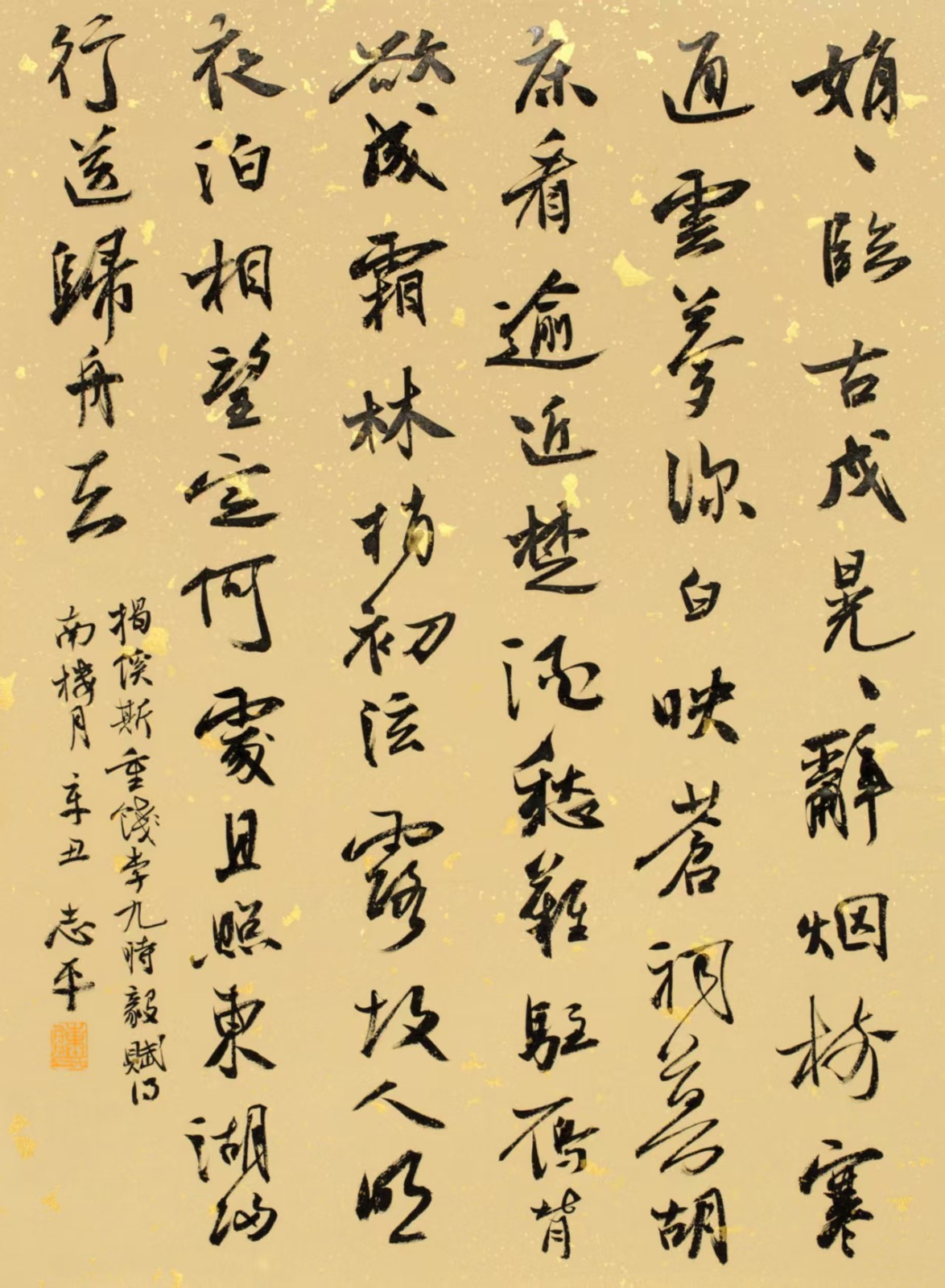
Chen Zhiping's calligraphy works.
For Chen, the art of calligraphy serves as a profound expression of personal character and cultivated refinement. A long period of calligraphy teaching and research made Chen further understand calligraphy." I have been influenced deeply by Mr. Ouyang since I decided to commit myself to calligraphy research. What impressed me most was the idea of inheriting culture," he says.
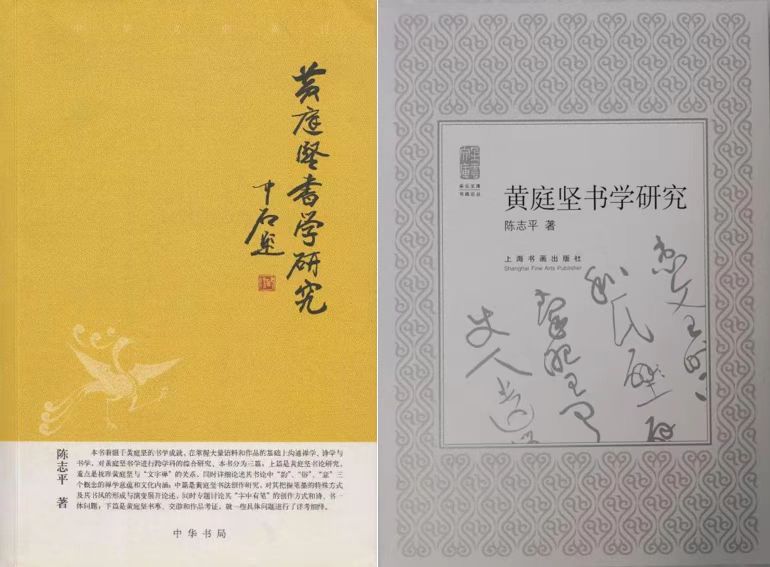
Research on Huang Tingjian's Calligraphy, a monograph written by Chen Zhiping.
In addition to teaching calligraphy, Chen is also involved in calligraphy research and creation, and has achieved great success. Chen has published more than 100 academic papers in important journals and published many monographs.
Chen's calligraphy research has partly made up for the lack of theory in the contemporary calligraphy world. His achievements have widely been recognized by insiders and those in the academic world. It is worth noting that Chen has also won the Lanting Award, the highest award in Chinese calligraphy art, three times.
Mr. Ouyang said Chen was cautious and hard-working, so it wasn’t a surprise to him when he was rewarded with the Lanting Award.
Professor Cao Baolin, former director of the Research Institute of Calligraphy of Jinan University, remarked, "Chen Zhiping's research on Huang Tingjian’s calligraphy is so in-depth that it is without parallel throughout history. It is natural and inevitable that his calligraphic work is nurtured by the essence of Huang Tingjian's calligraphy style."
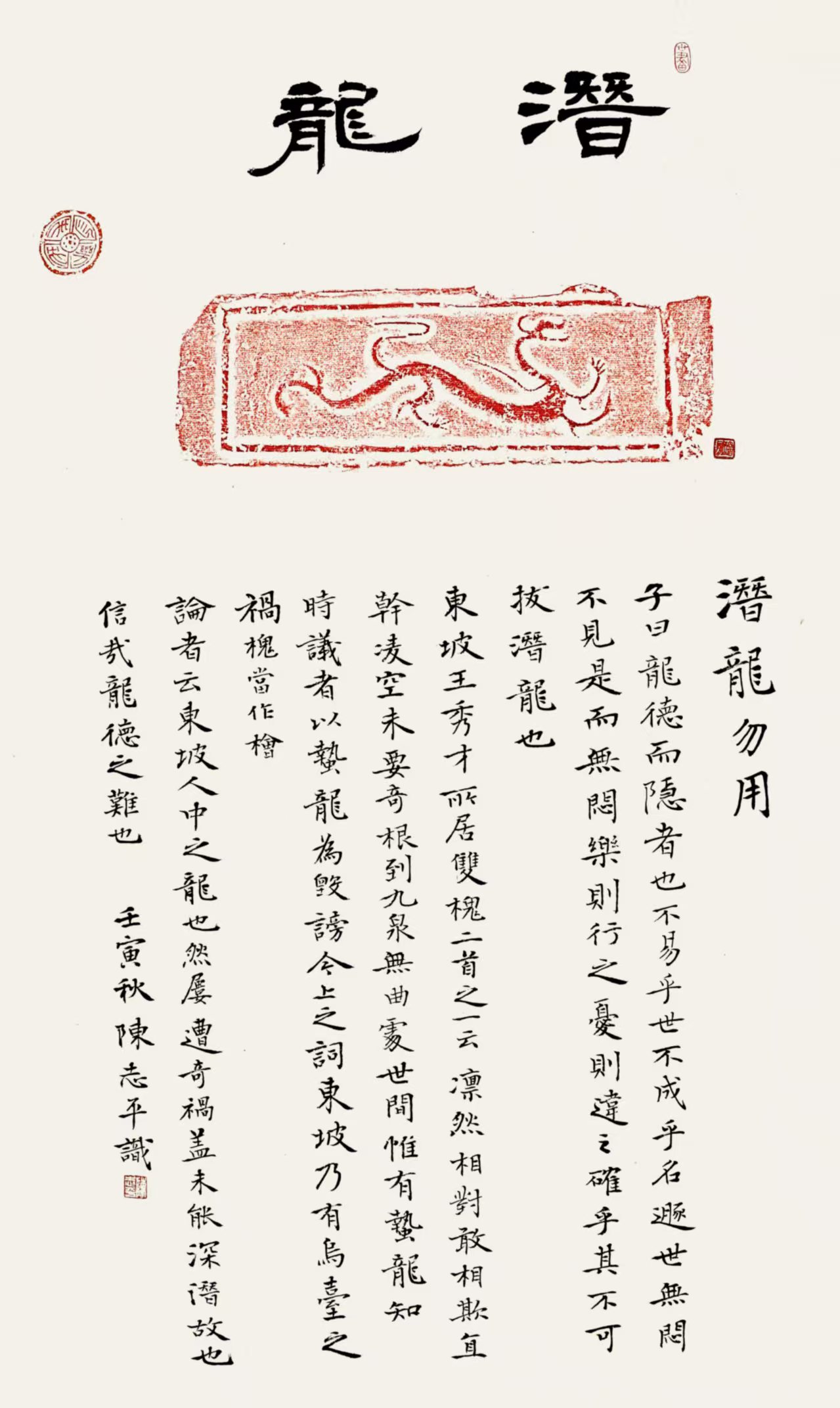
Chen Zhiping's calligraphy work.
The Chinese Calligraphy Conference program was launched by CCTV and the China Calligraphers Association, premiered on CCTV-1 on March 23 and rebroadcast on CCTV-10 on March 24.
Source from SCNU News Center
Translated by Yu Kaixi, Zhu Ying
Proofread by Edwin Baak
Edited by Li Jianru
What to read next:
